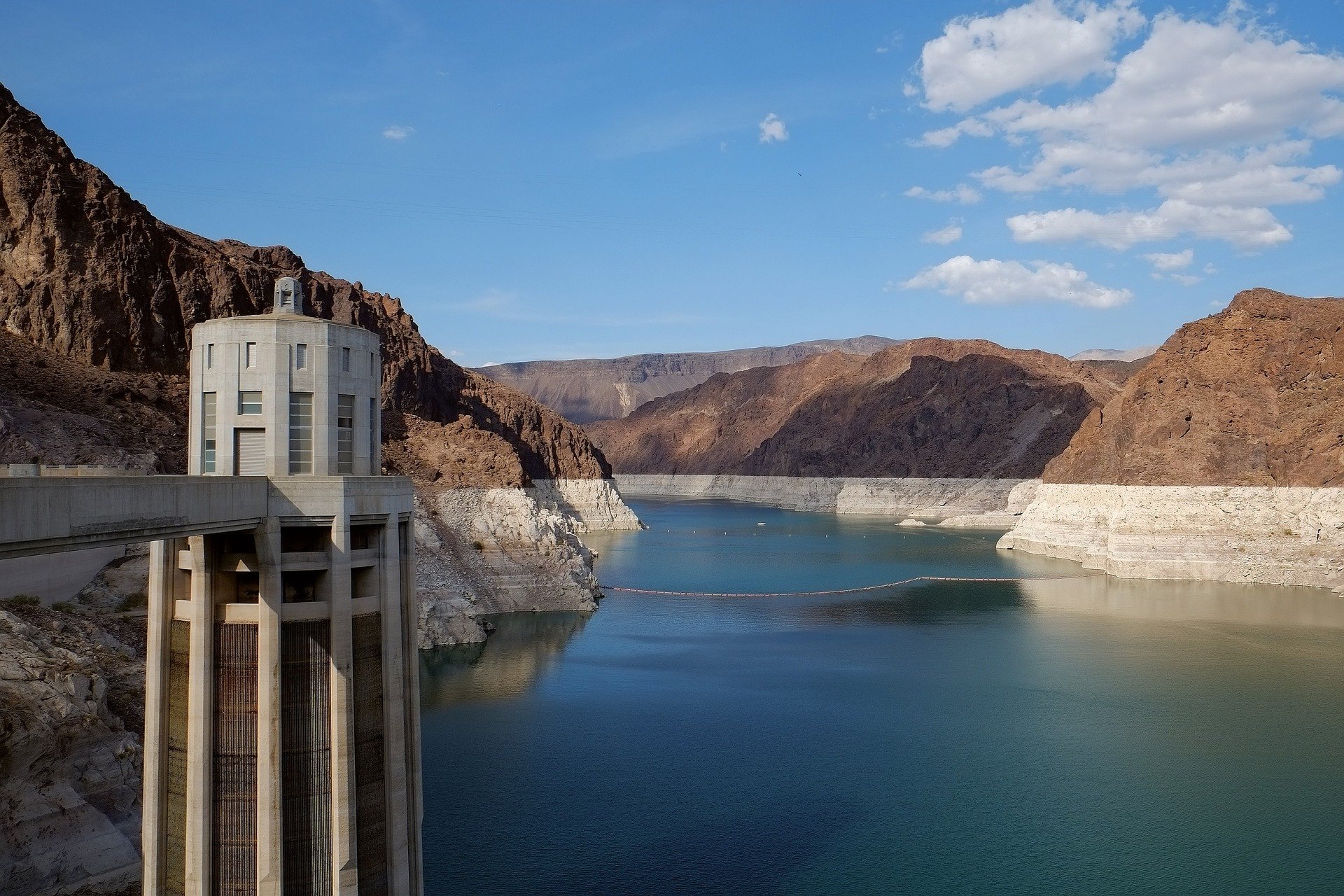When drought-stricken rivers and reservoirs run low across the American West, hydropower dries up and utilities fire up hundreds of power plants that burn coal, oil, or natural gas to keep up with demand for electricity. The timing couldn’t be worse, as accompanying heat waves drive up energy use, often to power air conditioners.
A new Stanford University study finds these overlooked consequences of drought dramatically increase carbon emissions, methane leakage, and local air pollution and deaths caused by poor air quality.
Together, the social and economic cost of these impacts have cost 11 Western states tens of billions of dollars over the past two decades, according to the study, which was published July 6 in Proceedings of the National Academy of Sciences. In California alone, the increase in fossil generation caused by drought between 2012 and 2016 led to more than $5 billion in damages, two-and-a-half times the direct economic cost of switching from cheap hydropower to pricey fossil fuels.
Because climate change is making droughts in the American West more frequent and severe, the results indicate failure to account for these effects leads governments to underestimate the social and economic costs of global warming—and the worth of investments to combat it.
“Our research suggests the impact on greenhouse gas emissions, air pollution, and human health could represent a large and unaccounted-for cost of climate change,” said lead study author Minghao Qiu, a postdoctoral scholar in the Stanford Doerr School of Sustainability and Stanford Center for Innovation in Global Health.
2023-07-18 05:48:02
Source from phys.org




















